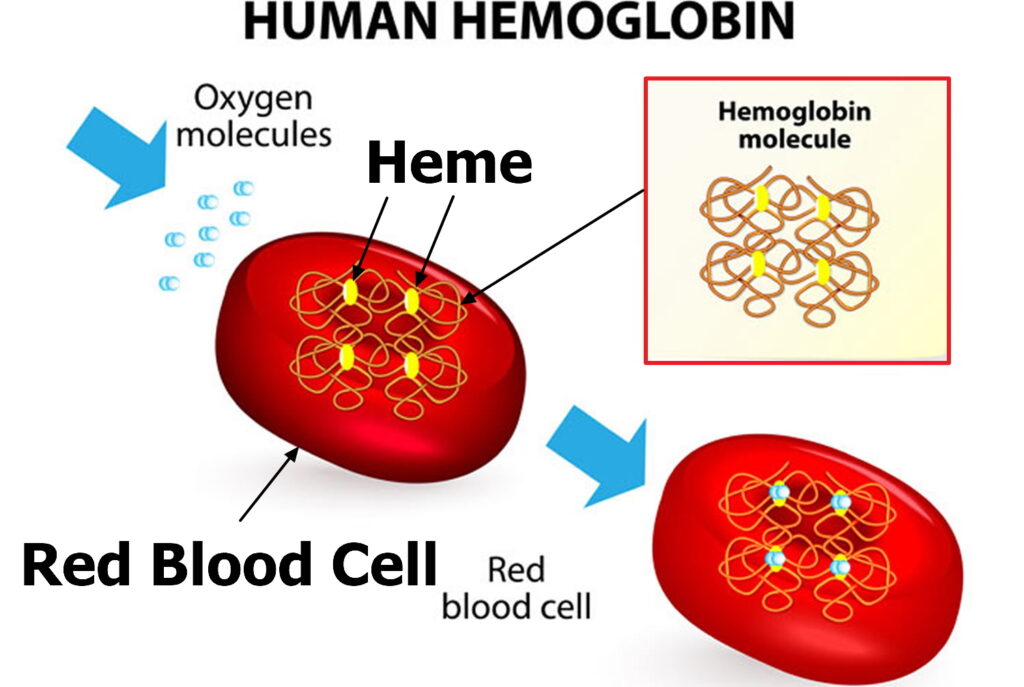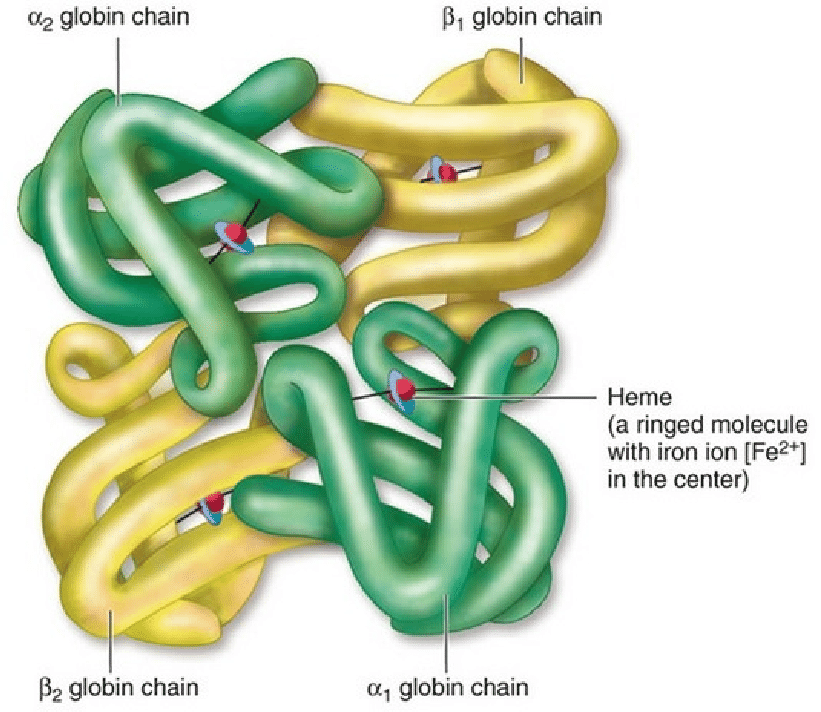Today, calculators make many things easier. No more hours of torture to check that the calculation is correct. Nowadays, we enter everything we need for the count into the calculator, getting the correct answer. If you need to measure the number of red blood cells, make it easy for yourself and quickly determine the amount with our calculator.
Also, for more calculators in math, physics, finance, health, and more, visit our official page and use some of our calculators.
Definition Hematocrit?
Medical research says: Hematocrit (HCT) is the volume of erythrocytes in a unit of whole blood. There are values for women, which is 36 – 48% and for men 40 – 54%. The hematocrit may be normal if acute bleeding occurs and decrease in the recovery phase. In anemia, when the body lacks iron, the hematocrit will be reduced because the erythrocytes have a smaller volume, the number of erythrocytes does not have to be reduced.
The hematocrit will be reduced in pregnancy, and it decreases with age.
Red blood cells are vital to your health. Try to imagine them as an underground system of your blood. They use oxygen and transport nutrients to various locations in your body. If you want to stay healthy, your body needs to have the right proportion of red blood cells.
You can ask for medical help, and the doctor may order a hematocrit or Hct test if you think you have too few or too many red blood cells. Before visiting the doctor, you can also use our calculator.

The most common causes of elevated hematocrit are the following:
- When you use some anabolic steroids, that can cause higher blood cell production and thus elevated hematocrit.
- Dehydration – the blood becomes thicker, and the proportion of red blood cells automatically increases.
- A disorder of the bone marrow that produces more blood cells than it should.
Definition Hemoglobin?
Hemoglobin is a metalloprotein that contains iron (Fe) and is found in erythrocytes, and serves to carry oxygen (O2) from the lungs to other parts of the body. The crucial role of hemoglobin is the transfer of carbon dioxide (CO2) from the tissues to the lungs. About 0.8 molecules of carbon dioxide are formed per one spent oxygen molecule.
If the hemoglobin level in the blood falls below typical values, then anemia occurs,and you need to visit some medical expert.

One of the most common causes of anemia in the Western world is iron deficiency, which leads to reduced hemoglobin synthesis, which makes erythrocytes hypochromic and microcytic less than normal
Hemoglobin is abbreviated as Hb or Hgb.
Typical values for hemoglobin levels in the blood are:
| g/dl | g/l | mmol/l | |
| Men | 13,8 – 18,2 | 138 – 182 | 8,5 – 10,6 |
| Woman | 12,1 – 15,1 | 121 – 151 | 7,5 – 9,3 |
| Children | 11 – 16 | 110 – 160 | 6,8 – 9,9 |
| Pregnant woman | 11 – 12 | 110 – 120 | 6,8 – 7,4 |
Hemoglobin vs hematocrit
There are several differences between hemoglobin and hematocrit:
- First, hemoglobin is a protein, but hematocrit is not a protein; it is a measurement.
- Hemoglobin is part of the hematocrit because hematocrit is a measure of total red blood cells in which hemoglobin is only a component.
- The number of hemoglobin and hematocrit changes in parallel. (If one is low, the other is low and vice versa.)
- Hemoglobin refers to the red protein responsible for oxygen transport in the blood of vertebrates. In contrast, hematocrit refers to the ratio of the volume of blood cells in the total blood volume.
In addition to the differences, there are some similarities:
- Whole blood is taken to measure hemoglobin and hematocrit levels. Therefore, both measurements depend on plasma volume.
- Furthermore, the hematocrit (%) equals three times the hemoglobin value (g / dl).
- In addition, abnormally low measurements of hemoglobin and hematocrit indicate anaemic conditions.
Can you calculate hemoglobin from hematocrit?
The standard value of hemoglobin depends on age, sex and pregnancy. The range of values also reflects the Gaussian distribution around the normal mean. Therefore, typical values are a reflection of findings in the normal population. Because normal values cover the mean value plus or minus two standard deviations, about 5% of the population is not within that normal value. Half of them are below the lowest limit of normal, and half are above the upper limit of normal values. In other words, there are patients with values below the lowest normal value without being anaemic.
The following is a good association between hemoglobin and hematocrit. Let us calculate:
Hemoglobin × 3 = hematocrit
You can also calculate hematocrit by dividing the hemoglobin by 3.
Since this connection is strong, it is not necessary to publish the findings of both hemoglobin and hematocrit. Which of them will be used is a matter of the clinical’s preference. In terms of accuracy, hemoglobin is determined directly, while we need to calculate hematocrit from erythrocyte count and average erythrocyte volume (MCV)
What is hematocrit to hemoglobin ratio?
Ratio = Hct (%) / Hgb (g/dL)
This parameter is easily accessible and reveals a decrease in plasma volume, which causes a simultaneous increase in the concentration of red blood cells and other commonly tested blood components. Chemoconcentration can be induced internally as a function of the body’s natural physiology or externally by sampling staff.
How do you convert a hemoglobin value to a hematocrit value?
First, using either a hematocrit reader or any ruling apparatus, measure the length of the column of packed red cells and divide it by the size of the whole column of blood (cells and plasma). Then, to obtain the hematocrit, multiply this number by 100%.
